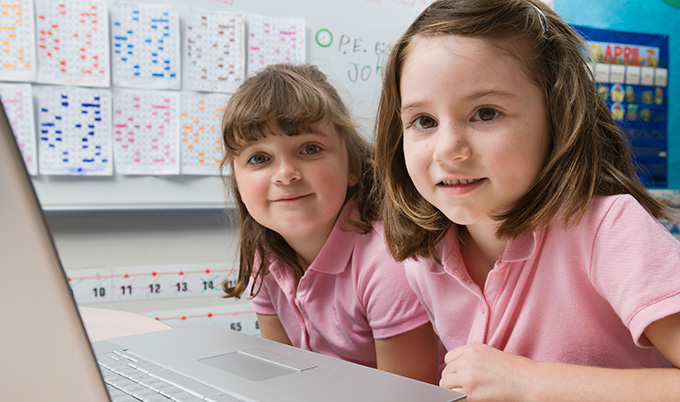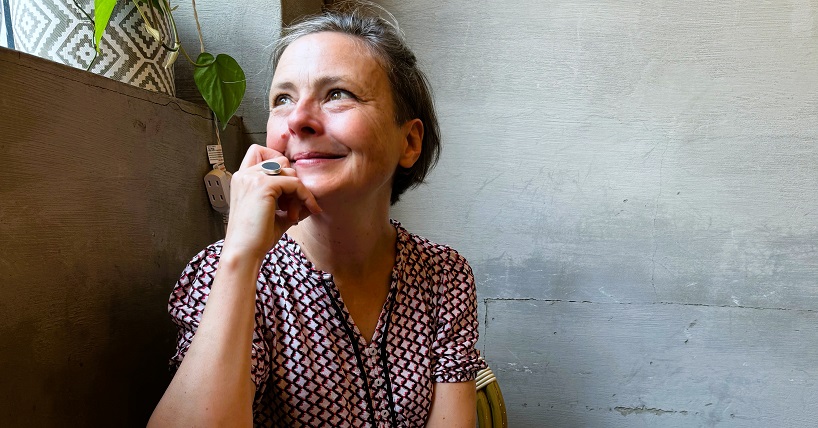Growth of private tuition
Comment: Growth of private tuition tells story of mounting pressure
Published on: 21 October 2015
Professor Liz Todd discusses for The Conversation the implications of the increased private tuition takeup.

Our recent research found that 5% of seven-year-olds and 22% of 11-year-olds were receiving extra academic tuition outside of regular school hours. This suggests mounting pressure is being put on parents to make sure their children “perform”, comparable to the performance pressures on schools to achieve good exam results.
We analysed data from the Millennium Cohort Study, which is tracking 19,000 children born in 2000 through childhood (so far at age three, five, seven and 11) and plans to continue to adulthood. We looked at the children’s out of school activity, at how it changed during primary school and at patterns of activity for children from different backgrounds. The sample we looked at contained about 11,000 children from a white background and about 2,000 from an ethnic minority background – similar proportions to those in the wider population.
Jump in private tuition
Our findings on the extent of children having private tuition, presented at the British Education Research Association conference in September, seem to be quite a lot higher than previous estimates – although of course we are rarely comparing the same groups of children. A paper by education researcher Judith Ireson found that of 3,000 children aged 10-18, 27% had a private tutor. It was only when she got to children aged 11 to 16-years-old living in London that the figures became as high as 40%.
What seems to shock about our figures is that at such a young age, seven years old, 5% of children are having tutoring of some kind. And substantial proportions of children at age 11 are having tutoring, either for English, maths or school entrance. This varied for different ethnic groups, but over 40% of children identifying as Indian, Black, and other (which includes Chinese) had some kind of tutoring.
What we don’t yet have is data on how to interpret these figures. Over the past ten years we have seen the “scholarisation of childhood”, through which parents face enormous pressure to use whatever resources available to them – including tutoring – to make effective choices about their children’s schooling.
Sometimes schools and parents can struggle to engage with each other. In this context, some parents give up and take their own action. This raises questions about the extent to which schools alone are responsible for their exam results – whether good or bad. But we do not know yet how effective private tuition is and how it might influence exam results.
Tough choices
Our research also found that extra tuition was most common among children whose mothers had a postgraduate degree – 30% – and least common among children whose mothers had no formal qualifications, though it was still relatively high at 19%. This suggests that parents with all types of educational backgrounds put an importance on education.

Our finding that music lessons were taken by 43% of children whose mothers had a postgraduate degree, but only 6% of children whose mothers had no qualifications, could lead us to speculate that less educated parents are choosing extra tuition rather than music lessons. But this would be conjecture and more research is needed to interpret this.
There was other good news in our research: most children (78%) help with chores at home, and 53% several times a week. One in ten children aged 11 have commitments at home, caring for elderly, sick or disabled family members at least once a week. It is not easy to find comparative historical figures for the same age – but one in ten seems much higher than other estimates.
What’s clear overall is that there is unequal access to out of school activities. The expense of the school day is shocking. At Newcastle University we are also carrying out an evaluation of Child North East’s work in schools to poverty proof the school day.
They have found that regular costs such as the cost of uniform, trips, homework, swimming lessons and badges, and pressure to collect charity money stigmatise children and parents. In one school, the holiday drama club costs £100 and so excludes a significant proportion of children. The cost of the end of school prom ranges from £250 to £1,000 per child – but students and parents feel pressured not to miss out.
The next phase of our research will be to look at whether there is an association between different after-school activities and educational attainment at age 11.
Liz Todd, Professor of Educational Inclusion, Newcastle University
This article was originally published on The Conversation. Read the original article.



